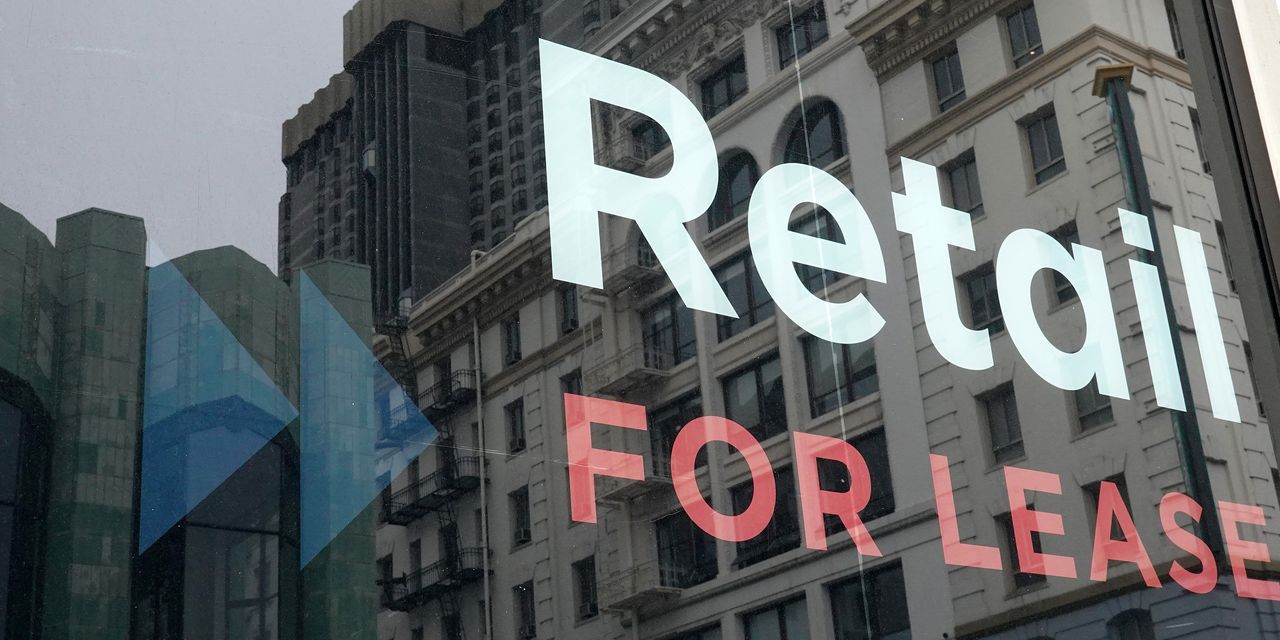One person’s trash is another’s treasure, especially when it comes to piles of underwater commercial real-estate loans parked at small and medium-size banks.
The regional banking crisis got its spark in March with the shocking collapse of Silicon Valley Bank and Signature Bank, expanding in May with First Republic’s takeover by JPMorgan Chase.
Their demise gave regulators a black eye for not noticing “red flags” or acting sooner on growing risks at lenders as the Federal Reserve jacked up interest rates.
Pat Jackson, founder and chief investment officer at Sabal Investment Holdings in Irvine, Calif., thinks community and regional banks piled up with underwater commercial real-estate loans should get ahead of their problems before they risk getting worse.
“We can take it in one fell swoop,” Jackson said of Sabal’s ability to buy bulk loan pools from distressed banks, including as one of the biggest buyers of assets seized by the Federal Deposit Insurance Company in the past decade.
“Our message to investment banks being hired by bank boards, whether it’s to raise capital or find a merger candidate, is that you need a third-party capital source that’s part of the solution,” he said. “We can take the assets off your books that you don’t want,” he said. “We are those guys.”
Sales of loan portfolios from banks already have been happening quietly outside of FDIC takeovers. Several took place ahead of the sale of PacWest Bancorp
PACW,
of Los Angeles to Banc of California
BANC,
including a deal in early June for Kennedy-Wilson
KW,
to buy $5.7 billion of floating-rate construction loans from PacWest.
“Banks are starting to feel the pressure,” Jackson said of increased regulatory scrutiny since Silicon Valley Bank’s collapse. “They don’t want to be called onto the carpet again.”
Related: FDIC approves proposed capital requirements for U.S. banks
JPMorgan Chase & Co.’s
JPM,
CEO Jamie Dimon this week criticized proposed stricter capital requirements for banks in a CNBC interview, while calling the U.S. credit-rating downgrade to below AAA “ridiculous.”
The Fed’s July Senior Loan Officer Opinion Survey showed tighter lending standards across the board since 2022, given recent bank failures, recession fears and the central bank’s short-term rate at its highest level in 22 years.
“Tightening standards has often preceded a rise in delinquency rates, although with several quarters’ delay, and we expect CMBS and CRE delinquencies to continue to rise,” a Barclay’s credit team led by Lea Overby wrote in a midweek client note.
The team was referring to rising delinquencies in loans for bond deals known as commercial mortgage-backed securities, but also other commercial real-estate loans. There also are worries around the $1 trillion wall of commercial real-estate loans set to mature through the end of 2024.
Fed Chairman Jerome Powell frequently has said the central bank likely needs to keep rates high for some time to ensure high inflation keeps heading down to the central bank’s 2% annual target, and doesn’t rear back up.
An elevated 10-year Treasury yield,
BX:TMUBMUSD10Y
which briefly jumped to almost 4.2% this week after Fitch’s downgrade of the U.S. and a fresh $1 trillion Treasury borrowing estimate for the third quarter, could spell even costlier borrowing conditions in the commercial real-estate industry. Stocks
SPX
DJIA
were headed for weekly losses.
Jackson estimates that Sabal snapped up $6 billion to $8 billion of distressed commercial real-estate loans between 2009 and 2015, sometimes at prices for portfolios as low as 40 cents on the dollar. Much of that came from FDIC sales after banks failed.
“Don’t wait around with the hope that things get better,” Jackson said, who raised an opportunity fund during COVID and continues to raise funds to buy distressed commercial real estate.
Read: SVB and First Republic failures are just the start of a lengthy banking crisis — if you believe 800 years of history
Read the full article here





